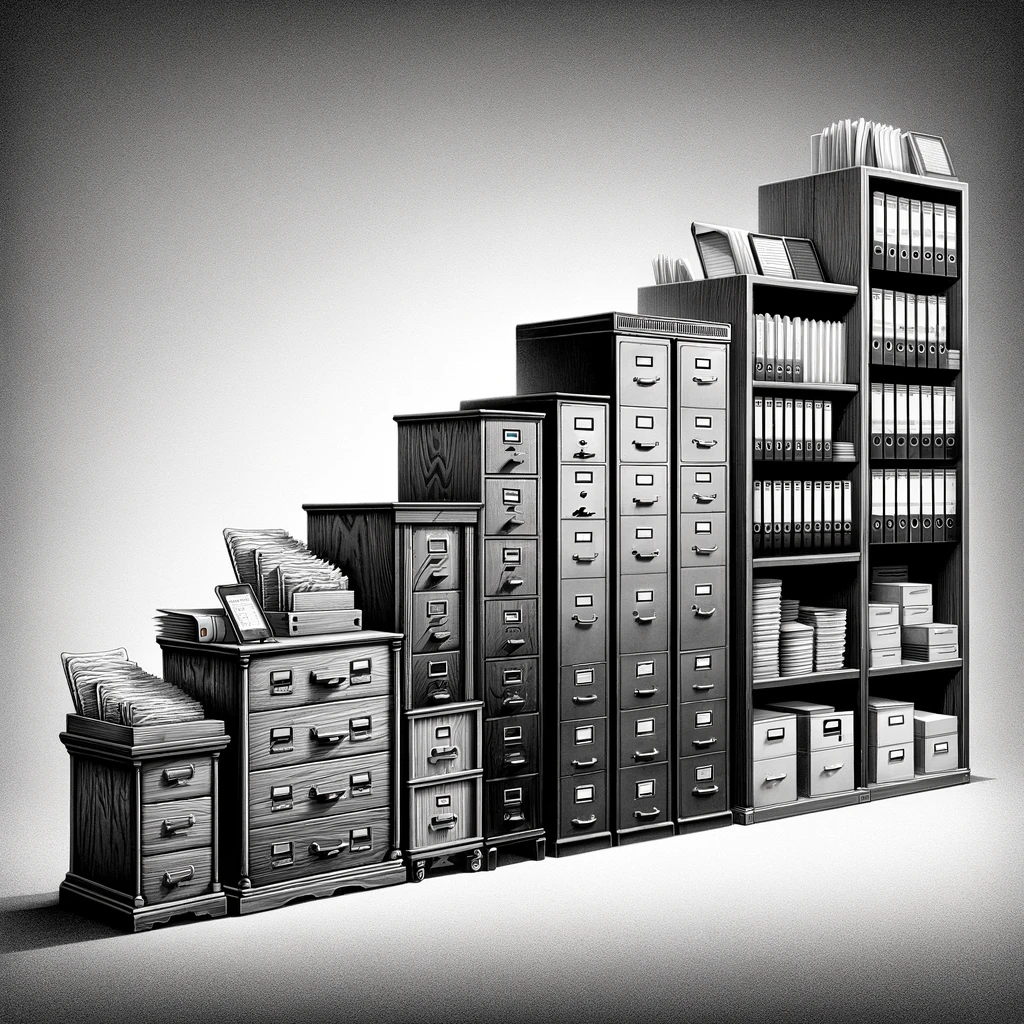Sustainability in File Organization
The concept of sustainability has made its way into file organization, prompting a shift towards eco-friendly practices in designing and manufacturing file racks. Companies increasingly recognize the importance of reducing their environmental impact by opting for renewable, recyclable, or biodegradable materials. This shift towards sustainability benefits the environment and aligns with the growing consumer demand for ethically produced and environmentally conscious products.
Modern file racks are now commonly made from eco-friendly materials such as bamboo, recycled plastics, or even reclaimed wood. These materials have a lower carbon footprint and contribute to a more aesthetically pleasing and natural workspace environment. By choosing sustainable file organization solutions, businesses and individuals alike can positively impact the planet while still maintaining the functionality and efficiency of their filing systems.
EcoFriendly Materials in Modern File Racks
As the world grapples with environmental concerns, the shift towards eco-friendly materials in modern file rack designs is becoming increasingly prominent. Manufacturers are embracing sustainable practices by utilizing renewable, recyclable, or biodegradable materials in producing file racks. This helps reduce the carbon footprint of these products and aligns with the growing global consciousness towards eco-consciousness in all aspects of life.
Bamboo, recycled plastics, and reclaimed wood are among the popular eco-friendly materials used to constructto construct modern file racks. These materials offer durability and strength comparable to traditional options and add a touch of natural aesthetic to workspaces. By opting for these sustainable alternatives, businesses and individuals alike can contribute to conserving natural resources and lessen the environmental impact, all while enjoying functional and stylish file organization solutions.
Ergonomic Designs
Ergonomic designs in file racks have become a cornerstone in modern office furniture, emphasizing user comfort and efficiency. Manufacturers are now prioritizing the well-being of individuals by incorporating adjustable features and customizable options into their file rack designs. This shift towards ergonomic considerations enhances the overall user experience and promotes a healthier and more productive work environment.
By focusing on ergonomic principles, file rack designers have successfully addressed common issues such as neck strain, back pain, and eye fatigue that can arise from prolonged periods of filing and organizing documents. The thoughtful integration of features like adjustable heights, tilt mechanisms, and easy-access compartments ensures that users can maintain proper posture and reduce the risk of musculoskeletal injuries. This attention to ergonomic detail highlights the designers' commitment to foster a workspace that promotes both physical health and operational efficiency.
Improving User Experience with File Racks
User experience with file racks has seen significant enhancements in recent years. Designers and manufacturers have prioritized creating products that organize files efficiently and provide users with a seamless and intuitive experience. These modern file racks are tailored to meet the diverse needs of individuals and businesses, offering a range of customization options to suit different preferences and workflows.
One key aspect in improving user experience is incorporating user-friendly features such as adjustable shelves, easy-to-reach compartments, and smooth sliding mechanisms. These elements make accessing and organizing files a breeze, ultimately saving users time and effort. Additionally, ergonomic considerations have been integrated into the design of file racks to promote comfort and reduce strain on the body during prolonged use. By focusing on enhancing the practicality and user-friendliness of file racks, designers are making file organization more efficient and enjoyable for all users.
Global Influence of File Rack Designs
The evolution of file rack designs has been influenced by a myriad of cultures around the world. From the sleek and minimalist designs of Scandinavia to the intricate and colorful patterns of Africa, file racks have taken on a truly global appeal. In Japan, for example, the concept of minimalism and organization has inspired file rack designs that prioritize simplicity and functionality, catering to those who value efficiency and aesthetics in equal measure.
Furthermore, the influence of cultural practices can be seen in the materials used for file rack construction. In regions like South America, where sustainability is a key concern, file racks are often made from eco-friendly materials such as bamboo or recycled plastics. This emphasis on using environmentally friendly resources reflects a global shift towards sustainability and ensures that file rack designs are both practical and Earth-conscious.
Cultural Adaptations in File Organization
Cultural adaptations in file organization have become increasingly significant as workplaces and organizational structures become more diverse. Different cultures have varying approaches to file management, and this has led to the development of file racks that cater to specific cultural preferences and needs. For example, in some cultures, color-coded file racks are popular because they aid in quickly identifying and categorizing documents.
Moreover, cultural adaptations in file organization extend beyond just aesthetics. Some cultures emphasize the importance of privacy and confidentiality in document storage, leading to the development of file racks with advanced locking mechanisms and secure compartments. Understanding and incorporating these cultural nuances into file rack designs enhances the product's functionality and ensures that it aligns with the values and practices of the users, ultimately improving efficiency and user satisfaction in diverse work environments.

